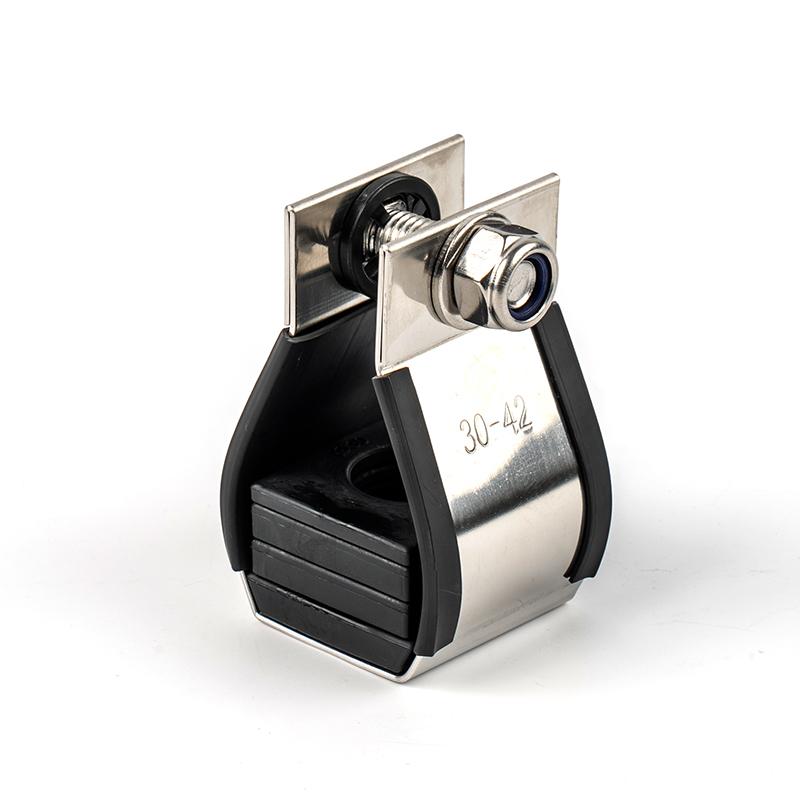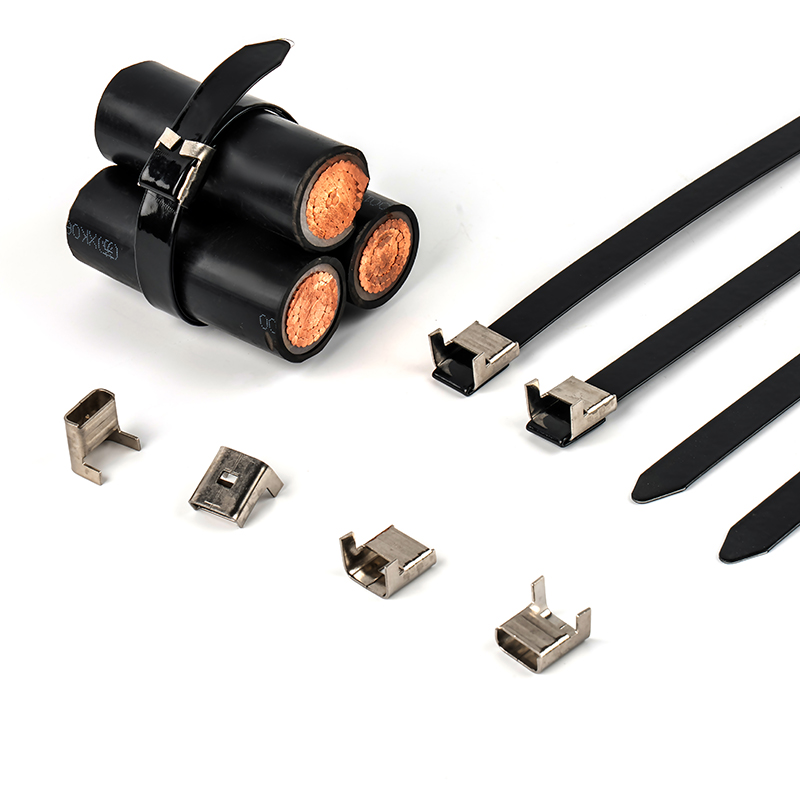+86-0575-8215 2808
/8200 8688/8239 2526

The single cable Cleats made of 316 stainless stee...
View more
Manufactured from high-grade 316 stainless steel, ...
View more
Brand Name: FengfanApproved Certificate: DNV &...
View moreNeed for Intermediate Restraints
Prevent Axial Displacement from Thermal Expansion – In vertical runs or long cable spans, thermal expansion can cause axial movement; intermediate restraints limit this displacement.
Provide an Additional Short‑Circuit Buffer Layer – Intermediate restraints equipped with low‑smoke, halogen‑free (LSF) pads offer a secondary buffer during a short circuit, reducing impact damage.
Enhance Vibration and Shock Resistance – In offshore platforms, rail transit, and other vibration‑prone environments, intermediate restraints disperse impact forces, extending system life.
Compliance with Design Standards – Many international cable‑installation standards (e.g., IEC 60228) recommend using intermediate restraints when spans exceed certain lengths or temperature variations are significant.
Why should cable clamps be used instead of only zip ties?
Structural Strength and Load‑Carrying Capacity – Cable cleats, made from metal or high‑strength composites, can withstand greater tensile and shear forces, preventing cable slippage during operation.
Short‑Circuit and Abrasion Protection – Cleats incorporate metal or insulated pads that protect the cable sheath from damage in the event of a short circuit or mechanical abrasion.
Long‑Term Reliability in High‑Temperature or Corrosive Environments – Through material selection and surface treatment, cleats retain performance under extreme temperatures or corrosive media, whereas cable ties tend to degrade and fail.
Ease of Maintenance and Replacement – Cleats are designed to be removable, allowing technicians to quickly loosen and replace cables; cable ties, once tightened, must be cut, increasing maintenance cost and effort.